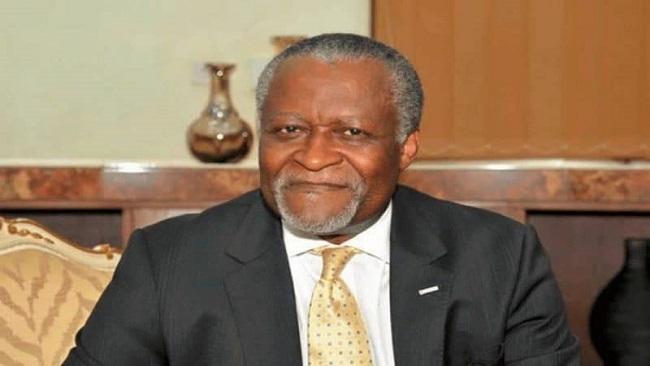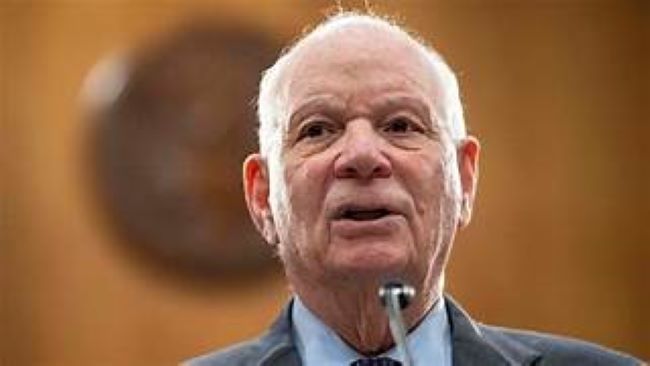Categories
Archives
- April 2024
- March 2024
- February 2024
- January 2024
- December 2023
- November 2023
- October 2023
- September 2023
- August 2023
- July 2023
- June 2023
- May 2023
- April 2023
- March 2023
- February 2023
- January 2023
- December 2022
- November 2022
- October 2022
- September 2022
- August 2022
- July 2022
- June 2022
- May 2022
- April 2022
- March 2022
- February 2022
- January 2022
- December 2021
- November 2021
- October 2021
- September 2021
- August 2021
- July 2021
- June 2021
- May 2021
- April 2021
- March 2021
- February 2021
- January 2021
- December 2020
- November 2020
- October 2020
- September 2020
- August 2020
- July 2020
- June 2020
- May 2020
- April 2020
- March 2020
- February 2020
- January 2020
- December 2019
- November 2019
- October 2019
- September 2019
- August 2019
- July 2019
- June 2019
- May 2019
- April 2019
- March 2019
- February 2019
- January 2019
- December 2018
- November 2018
- October 2018
- September 2018
- August 2018
- July 2018
- June 2018
- May 2018
- April 2018
- March 2018
- February 2018
- January 2018
- December 2017
- November 2017
- October 2017
- September 2017
- August 2017
- July 2017
- June 2017
- May 2017
- April 2017
- March 2017
- February 2017
- January 2017
- December 2016
- November 2016
- October 2016
- September 2016
- August 2016
- July 2016
- June 2016
Featured
 Bishop Francis T. Lysinge @ 25!
Bishop Francis T. Lysinge @ 25!  Understanding the Biya Francophone regime’s support for the Israeli genocide in Gaza
Understanding the Biya Francophone regime’s support for the Israeli genocide in Gaza  Poverty under Biya: Cameroonians embrace Chinese language for brighter futures
Poverty under Biya: Cameroonians embrace Chinese language for brighter futures  Cameroon is broken: Who can fix it?
Cameroon is broken: Who can fix it?  Ethiopia: U.S Senator Cardin Statement on the Killing of Bate Urgessa
Ethiopia: U.S Senator Cardin Statement on the Killing of Bate Urgessa
Most Commented Posts
 4 Anglophone detainees killed in Yaounde
4 Anglophone detainees killed in Yaounde
19 comments Chantal Biya says she will return to Cameroon if General Ivo Yenwo, Martin Belinga Eboutou and Ferdinand Ngoh Ngoh are sacked
Chantal Biya says she will return to Cameroon if General Ivo Yenwo, Martin Belinga Eboutou and Ferdinand Ngoh Ngoh are sacked
13 comments Anglophone Nationalism: Barrister Eyambe says “hidden plans are at work”
Anglophone Nationalism: Barrister Eyambe says “hidden plans are at work”
12 comments The Anglophone Problem – When Facts don’t Lie
The Anglophone Problem – When Facts don’t Lie
12 comments Largest wave of arrest by BIR in Bamenda
Largest wave of arrest by BIR in Bamenda
10 comments
Latest Tweets
Featured
-

Bishop Francis T. Lysinge @ 25!
-

10 Million Cameroonians lived on less than $1.80 per day
-

Football: Xavi to remain as Barcelona coach
-

Biya regime delays bond sale amid regional market strain
-

Historic agreement between Nigeria and Cameroon to tackle wildlife crime
-

Southern Cameroons refugees in Nigeria receive farm seedlings
-

Douala: Investment Forum wraps up with honors for investment champions
© Cameroon Concord News 2024
6, July 2021
US troops quietly left Bagram Air Base without notifying Afghan command 0
After American troops withdrew without notifying them, Afghan soldiers guarding the Bagram Air Base have been left with thousands of Taliban prisoners and a fear that the enemy will attack.
The sprawling military complex about 60 kilometres north of the capital, Kabul, was at one point home to tens of thousands of US and allied soldiers, and one of the most important military sites of the two-decade war in Afghanistan.
But the last of the US soldiers quietly left the base last week, effectively completing their withdrawal from Afghanistan and leaving a massive security vacuum that the Afghan military will struggle to fill.
The new commander of the Bagram base, General Mirassadullah Kohistani, on Monday spoke candidly about the challenges ahead, as reporters were given a tour of the largely deserted base.
“You know, if we compare ourselves with the Americans, it’s a big difference,” Kohistani said, admitting his forces could not be as “powerful” as the Americans.
“But according to our capabilities … we are trying to do the best and as much as possible secure and serve all the people.”
The lack of a clear handover or transition plan appears to have made the task even more challenging.
Kohistani said he only knew of the foreign forces’ exit after they had left.
“We did not know of their timeline for departure. They did not tell us when they left.”
The US announced Friday it had completely vacated its biggest airfield in the country in advance of a final withdrawal the Pentagon says will be completed by the end of August.
“We [heard] some rumour that the Americans had left Bagram … and finally by seven o’clock in the morning, we understood that it was confirmed that they had already left Bagram,” said Kohistani.
Rotting food where restaurants once bustled
The Bagram base is key to the security of the Afghan capital while also providing strategic cover to much of the country’s rugged north, where the Taliban have focused their recent offensives.
Kohistani insists his troops can hold the base from the Taliban and that he has “quite enough” soldiers.
But with roughly 3,000 troops under his command, the figure is a tiny percentage of the number of American and allied forces during its US-led heyday.
For US troops, morale was kept up in the then-buzzing mini-city with swimming pools, cinemas, spas and fast food outlets like Burger King and Pizza Hut.
For Kohistani’s men, the entertainment venues are closed, the warehouses are locked and the shuttered dining facilities offer only the stench of rotten food from boxes of expired meal packs.
In a sign of the challenges the Afghan military faces without US backing, 1,000 troops fighting the Taliban in the country’s north fled into neighbouring Tajikistan on Monday.
Taliban ‘will definitely try to attack here’
At Bagram, Kohistani said he was already receiving reports that the Taliban were making “movements in rural areas”.
One soldier, a private named Rafiullah, offered a clear picture of what he expected would come.
“The enemy are determined and will definitely try to attack here,” Rafiullah said as two Afghan military helicopters took off behind him.
“But we will not give them the chance.”
If or when the Taliban do mount an offensive to take Bagram, one of their targets will undoubtedly be a huge prison that holds up to 5,000 Taliban inmates.
“We haven’t come here to sleep. Everybody here is prepared to secure Bagram. Our morale is high,” insisted Rafiullah.
Another soldier also defiantly said he was ready to fight the Taliban but nevertheless signalled a feeling of unease over a lack of firepower and leadership.
“We will not surrender but we need weapons and strong backing from our leaders,” he said.
Witnessing history since the start of Cold War
If the Taliban do seize control of Bagram, it will be part of a longstanding pattern. The airfield was first built by the Americans for its Afghan ally during the Cold War in the 1950s.
The Soviet Union vastly expanded it after the Red Army invaded Afghanistan in 1979. After their withdrawal, the base was controlled by the Moscow-backed government and later by the shaky mujahideen administration during the 1990s civil war.
It was reported that at one point the Taliban controlled one end of the three-kilometre runway, and the opposition Northern Alliance the other.
Bagram ultimately fell into the Taliban’s hands after they overran large swaths of the country in the mid-1990s.
Following the September 11 attacks and the US invasion of Afghanistan, the Americans took control of the base and used it as the launching pad for air strikes against the Taliban and to protect Afghan forces.
(FRANCE 24 with AFP and AP)